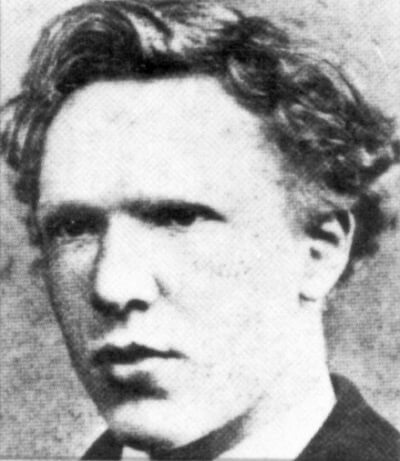Study the painting for one week.
Over the week:
Vincent van Gogh painted 'Flowering Plum Tree.'


Activity 1: Can You Find It?
During the week, study the painting and find the following:

Activity 2: Narrate the Painting
Activity 3: Complete Vocabulary Activities
Activity 4: Color the Painting
